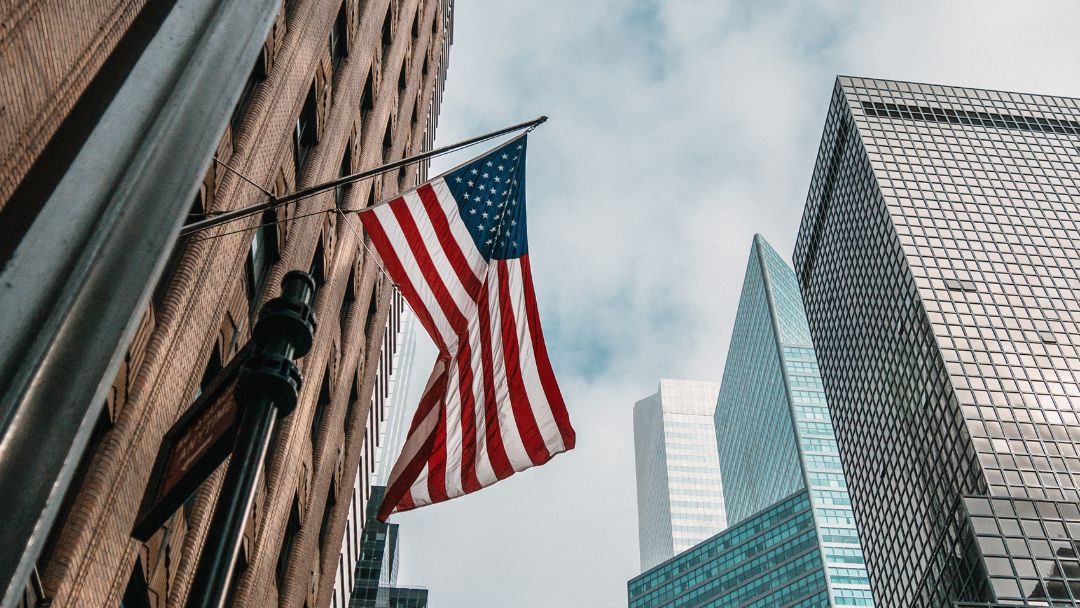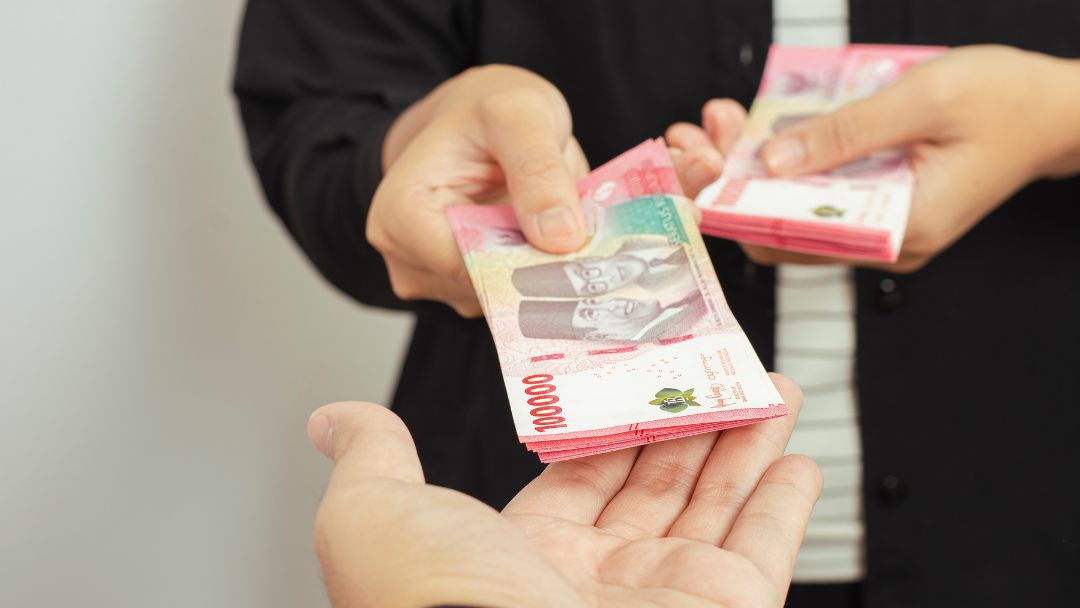“What happens when the world’s biggest economy slams the door on imports and yells ‘liberation’? Do we cheer, adapt, or panic?”
On April 2, 2025, President Donald Trump dropped an economic bombshell—again. In what he proudly dubbed Liberation Day, Trump rolled out sweeping import tariffs aimed at “freeing” the U.S. economy from global dependence. Every imported good? Slapped with a 10% base tariff. Countries with trade surpluses? Punished with tariffs up to 50%.
Indonesia found itself hit with a juicy 32%—yup, that’s a third more cost on anything we sell over there. But the question is, so what? Does this really hurt us? Or is it a cosmic plot twist that just might work in our favor? Let’s unpack whether this is Indonesia’s villain origin story or its underdog moment.
Background on the Tariff War: Not Trump’s First Rodeo
Trump’s love-hate relationship with global trade isn’t new. Back in 2018, he launched his first trade war with China, citing “unfair trade practices.” The logic? Classic mercantilist vibes, where exports = good and imports = evil. But modern economists—like Adam Smith with his Theory of Absolute Advantage, and David Ricardo with his Comparative Advantage—have long argued that countries should specialize in what they do best and trade the rest.
Trump’s tariff blitzkrieg—10% baseline, up to 50% for trade-deficit nations—is peak protectionism, the antithesis of Adam Smith’s Absolute Advantage theory, which argues nations should specialize in what they do best. Instead, Trump’s move channels Mercantilism 2.0: hoarding wealth by walling off imports. But here’s the tea: In a world of Global Value Chains (GVCs) (think: iPhones assembled in China with parts from 43 countries), tariffs are like throwing rocks into a river—everyone downstream gets splashed. Indonesia, a key link in textile and palm oil GVCs, is drenched.
This 2025 version of the tariff war is broader, blunter, and way more chaotic. It’s about nationalism, protectionism, and America First—and the global economy is once again caught in the crossfire.
Why Indonesia Should Care (Spoiler: It’s About More Than Just Exports)
Indonesia isn’t just some passive island on the sidelines of global trade. We’re part of a complex Global Value Chain (GVC)—a concept highlighted by the World Bank and UNCTAD—where one smartphone might be designed in California, assembled in China, with parts from Japan, Malaysia… and Indonesia.
That 32% tariff? It doesn’t just affect our exports to the U.S. It disrupts our position in the chain. We might lose contracts, jobs, and future investment—especially in sectors like textiles, electronics, and palm oil derivatives.
But beyond numbers, this war tests Indonesia’s economic interdependence, a concept economist Robert Keohane nailed in Power and Interdependence: when big economies sneeze, smaller ones catch pneumonia.
And don’t forget: tariffs on other countries also mess up the supply chains we depend on. If China gets hit, they cut imports too. Boom—Indonesia gets collateral damage. Global interdependence, baby. It cuts both ways.
Direct Impacts on Indonesia: The Good, The Bad, and The… Uh-Oh
Let’s talk numbers and narratives.
- Exports fall: A 2023 study from the Peterson Institute showed that every 10% increase in U.S. tariffs leads to an average 4% drop in affected countries’ exports. That could be billions lost for Indonesia.
- Investor confidence wavers: Protectionism triggers uncertainty, and markets hate that. FDI might dip if companies see Indonesia as “too connected to unstable trade flows.”
- Currency pressures: Trade disruptions hurt rupiah demand, potentially weakening the currency and raising inflation. Textbook macro shock, straight out of Dornbusch’s overshooting model.
- Domino Effect: Textile factories in Bandung and other cities might lay off workers, spiking unemployment in a sector that employs millions of people.
But here’s the twist: import substitution and local industry growth could emerge if we play our cards right. Indonesia could explore diversifying away from U.S. reliance—Asia, Africa, and Middle East markets are booming. And a bit of friendly competition may finally push us to climb up the GVC ladder.
Policy Responses: What Can We Actually Do?
The government’s playbook? Export diversification (hello, African markets!) and turbocharging domestic demand.
Like Korea post-1997 crisis, we need a broader export map. According to Harvard’s Atlas of Economic Complexity, Indonesia has room to expand into automotive components, food processing tech, and halal cosmetics.
We can also boost domestic capability. Think import-substitution industrialization (ISI), but smarter. Invest in infrastructure, tech, and human capital to build our competitive edge. (Yo, Ministry of Industry, this is your moment.)
Last but not least, strategic trade deals. Indonesia should double down on ASEAN, IORA, and emerging FTAs. Learning from Vietnam, who masterfully dodged Trump’s last trade tantrum by securing deals with the EU and UK.
Indonesian Business Perspective: Riding the Shockwave
Business leaders are split.
Some, like large exporters in Semarang and Surabaya, are freaking out. Increased tariffs mean fewer orders, tighter margins, and layoffs.
Take Mayora Group (Think: Kopiko, Torabika), pivoting to Middle Eastern markets and ramping up local sourcing to dodge import costs. SMEs are going full TikTok commerce, selling batik and crafts directly to global Gen Z.
Others—especially in sectors like e-commerce, fintech, and agri-tech—see a silver lining. If the U.S. market is off-limits, why not refocus on 280 million fellow Indonesians? Or jump into regional e-commerce wars in Southeast Asia?
Impact Toward Globalisation: Through the Indonesian Lens
Let’s be real—globalisation is bleeding. The 2020s have seen a pandemic, war in Ukraine, supply chain shocks, and now a tariff war sequel. But from Indonesia’s seat, it’s not death—it’s transformation.
We’re entering the age of regionalism, not isolation. ASEAN+, Indo-Pacific coalitions, RCEP and South-South partnerships could define the next chapter. Globalisation isn’t ending; it’s just becoming more… selectively intimate. As economist Ha-Joon Chang (Bad Samaritans) warns, “Regionalization risks creating new dependencies.
Harvard political economist Dani Rodrik noted, “we can have hyper-globalisation, democracy, or national sovereignty. But not all three.” Indonesia must choose smartly.
So…Hidden Opportunity or Disruption?
Both.
It’s a disruption—no doubt. Short-term losses, strategic recalibration, and psychological warfare in trade relations.
But it’s also an opportunity. A wake-up call for Indonesia to get serious about industrial upgrading, digital transformation, and economic resilience.
Think of this as the moment the underdog trains for the championship. We’ve got the market, the people, the natural resources, and—maybe—the political will.
We can learn from Vietnam’s hustle. When China-U.S. tensions spiked in 2020, Vietnam wooed FDI with tax breaks and upskilling workers. Indonesia could copy-paste this.
We can also diversify or bust. Chile survived trade wars by selling copper to everyone, everywhere. Indonesia’s nickel? Same energy.
Economist Joseph Stiglitz (Globalization and Its Discontents) sums it up: “Trade wars force innovation, but at a human cost.” Indonesia’s challenge? Balancing pain with progress.
Final Takeaways: What Should Indonesia Do Next?
Trump’s tariffs are a plot twist, not the finale. Indonesia’s got the resources and Gen Z grit to turn this into a glow-up era—if policymakers and businesses sync up. So, is the Jenga tower collapsing? Nah, fam. It’s just getting a redesign.
- Don’t panic—strategize. Tariffs aren’t death sentences, they’re change signals.
- Invest in competitiveness. Education, innovation, and infrastructure are key.
- Play the GVC game smarter. Move up the value chain, or get stuck at the bottom.
- Find allies. Regional trade pacts and South-South ties are our new besties.
- Stay adaptive. The only constant in global trade? Change.
So, dear Indonesia: are we victims of Trump’s tariffs… or survivors who level up from adversity?
The answer? Depends on what we do next.






Leave a Reply